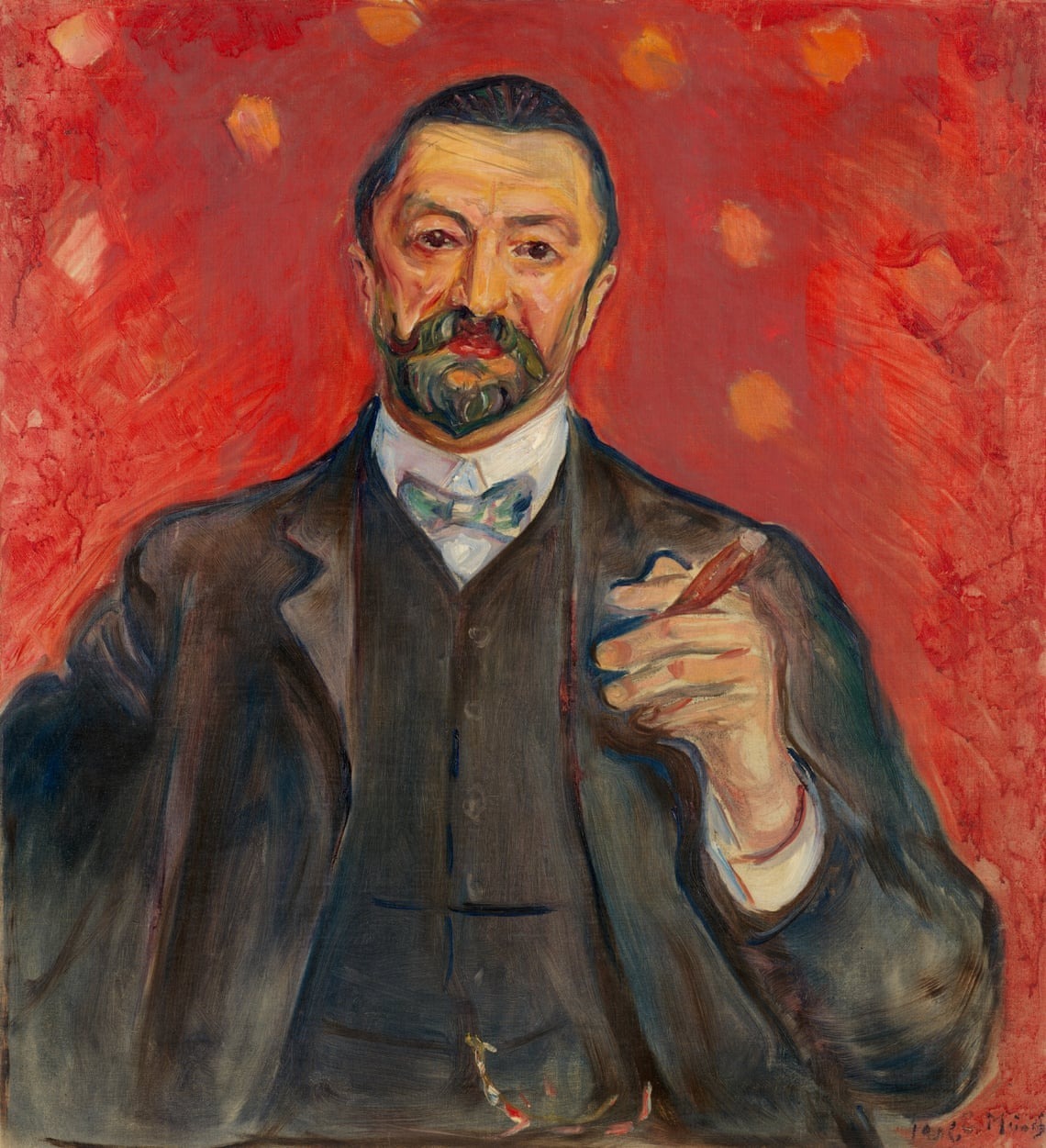

Edvard Munch
NO
231
Artworks
1863 - 1944
Lifespan
Artist Biography
Edvard Munch (1863-1944) stands as a towering figure in modern art, a Norwegian painter and printmaker whose profoundly evocative works delved into the depths of human psychology. Born in Løten, Norway, Munch's early life was scarred by tragedy; illness, bereavement, and a pervasive dread of inherited mental instability haunted his family. His mother died of tuberculosis when he was five, followed by his beloved older sister Sophie from the same disease when he was fourteen. These experiences, compounded by his father's fervent, often morbid pietism, deeply influenced his artistic vision. Munch himself stated, “Illness, insanity, and death were the black angels that kept watch over my cradle and accompanied me all my life.” This somber upbringing laid the foundation for his later preoccupation with themes of anxiety, love, loss, and mortality.
Edvard Munch's artistic journey began with early promise, leading him to the Royal School of Art and Design in Kristiania (now Oslo). A pivotal influence was the Kristiania Bohème, a circle of radical artists and writers led by Hans Jæger, who urged Munch to paint his own emotional and psychological state – "soul painting." This directive, coupled with exposure to French Impressionism and Post-Impressionism during travels to Paris, steered him away from prevailing naturalist aesthetics. He absorbed lessons from artists like Paul Gauguin, Vincent van Gogh, and Henri de Toulouse-Lautrec, particularly their expressive use of color and line. His early masterpiece, "The Sick Child" (1885–86), a poignant memorial to his sister, marked his break from Impressionism and signaled the emergence of his distinctive, emotionally charged style, which initially met with harsh criticism.
By the early 1890s, Munch's unique artistic voice had crystallized. His style, characterized by flowing, sinuous lines, simplified forms, and intense, often non-naturalistic colors, became a vehicle for profound psychological expression. A controversial 1892 exhibition in Berlin, dubbed "The Munch Affair," though scandalous, catapulted him to fame across Germany. During this period, he conceived "The Frieze of Life—A Poem about Life, Love and Death," a cycle of paintings exploring universal human experiences. This series includes some of his most iconic works, such as "The Kiss," where lovers merge into a single form; "Madonna," an ecstatic yet vulnerable depiction of womanhood; "Vampire (Love and Pain)"; and "Ashes," exploring themes of love's awakening, blossoming, decay, and despair. Munch often created multiple versions of these images in paint and print, constantly revisiting his core themes.
Among his most famous works is "The Scream" (1893), an image that has become a universal symbol of modern anxiety and spiritual anguish. Inspired by a personal experience of overwhelming sensory input— "a scream throughout nature"—the painting depicts a distorted figure against a blood-red sky, its form echoing the swirling lines of the landscape. Munch created several versions of "The Scream" in different media. Parallel to his painting, he developed a significant body of graphic work starting in 1894, mastering etching, lithography, and particularly woodcut. He innovatively used the grain of the wood and simplified techniques, often influenced by Japanese prints, to further explore his thematic concerns and make his art accessible to a wider audience.
The intensity of his work and a tumultuous personal life, including a difficult relationship with Tulla Larsen that ended in an accidental shooting injuring his hand, contributed to a nervous breakdown in 1908. Following treatment, Munch's art became somewhat more optimistic and extroverted, though it seldom recaptured the raw intensity of his earlier years. He settled in Norway, undertaking significant commissions like the Oslo University Murals (1909–16). He continued to paint prolifically, including numerous self-portraits that charted his aging and psychological states. Despite his works being labeled "degenerate art" by the Nazis in the 1930s, his legacy was secured.
Edvard Munch died in Ekely, near Oslo, in 1944, bequeathing his vast collection of works to the city of Oslo, which later established the Munch Museum. His profound impact on 20th-century art is undeniable, particularly on German Expressionism. Munch's ability to translate deep personal trauma and universal human emotions into powerful, symbolic imagery, his innovative use of color and form, and his pioneering work in printmaking cemented his status as a critical precursor of modern art, whose work continues to resonate with its exploration of the human condition.